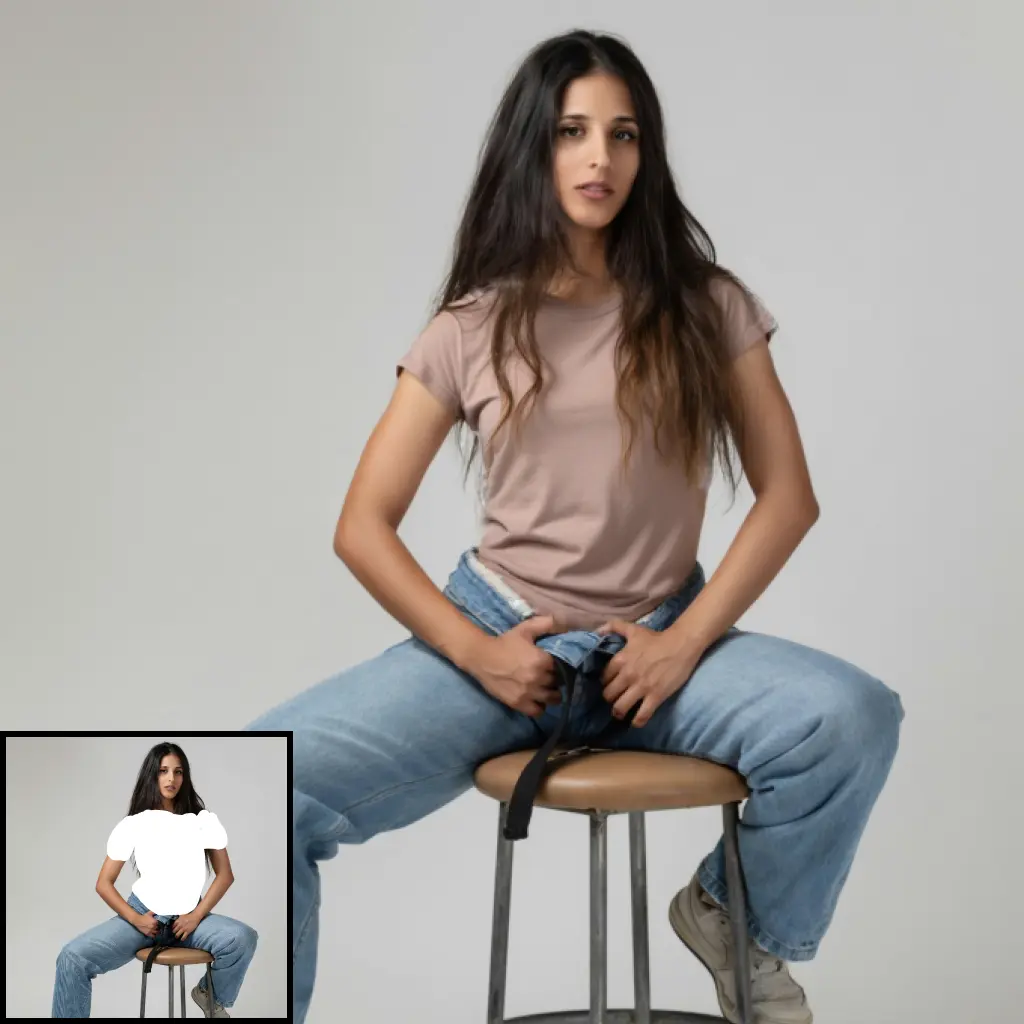ComfyUI Node: 🌆DepthFM
DepthFM_Zho
Category🌆DepthFM
ZHO-ZHO-ZHO (Account age: 624days) Extension
DepthFM IN COMFYUI Latest Updated
2024-05-22 Github Stars
0.07K
How to Install DepthFM IN COMFYUI
Install this extension via the ComfyUI Manager by searching for DepthFM IN COMFYUI- 1. Click the Manager button in the main menu
- 2. Select Custom Nodes Manager button
- 3. Enter DepthFM IN COMFYUI in the search bar
Visit ComfyUI Online for ready-to-use ComfyUI environment
- Free trial available
- 16GB VRAM to 80GB VRAM GPU machines
- 400+ preloaded models/nodes
- Freedom to upload custom models/nodes
- 200+ ready-to-run workflows
- 100% private workspace with up to 200GB storage
- Dedicated Support
🌆DepthFM Description
Generates depth maps from images using pre-trained DepthFM model for enhancing 3D effect and depth perception in AI art.
🌆DepthFM:
The DepthFM_Zho node is designed to generate depth maps from input images using a pre-trained DepthFM model. This node is particularly useful for AI artists who want to add depth perception to their images, enhancing the 3D effect and providing a more immersive visual experience. By leveraging the DepthFM model, this node predicts the depth information of each pixel in the image, which can be used for various artistic and technical applications such as 3D rendering, augmented reality, and more. The node processes the input image and outputs a depth map that represents the distance of objects from the camera, with closer objects appearing darker and farther objects appearing lighter.
🌆DepthFM Input Parameters:
model
The model parameter expects a pre-trained DepthFM model that will be used to predict the depth map of the input image. This model is essential for the node's operation as it contains the learned weights and architecture required for depth prediction.
image
The image parameter is the input image for which the depth map will be generated. The image should be in a format that can be processed by the DepthFM model, typically a tensor representation of the image.
steps
The steps parameter controls the number of steps the model will take to predict the depth map. It is an integer value with a default of 2, a minimum of 1, and a maximum of 100. Increasing the number of steps can improve the accuracy of the depth prediction but will also increase the computation time.
ensemble_size
The ensemble_size parameter specifies the number of ensemble models to use for depth prediction. It is an integer value with a default of 2, a minimum of 1, and a maximum of 10. Using a larger ensemble size can enhance the robustness and accuracy of the depth map but will require more computational resources.
🌆DepthFM Output Parameters:
IMAGE
The IMAGE output parameter is the generated depth map of the input image. This depth map is a tensor where each pixel value represents the predicted depth of that point in the image. The depth map can be used for various applications, such as creating 3D effects, enhancing visual depth, and more.
🌆DepthFM Usage Tips:
- To achieve more accurate depth maps, consider increasing the
stepsparameter, but be mindful of the increased computation time. - Experiment with different
ensemble_sizevalues to find a balance between accuracy and computational efficiency. - Ensure that the input image is pre-processed correctly and is in a format compatible with the DepthFM model to avoid errors.
🌆DepthFM Common Errors and Solutions:
"Please provide the depthfm_model parameter with the name of the model file."
- Explanation: This error occurs when the
modelparameter is not provided or is invalid. - Solution: Ensure that you specify a valid DepthFM model file in the
modelparameter.
"CUDA out of memory"
- Explanation: This error occurs when the GPU runs out of memory while processing the image.
- Solution: Try reducing the
stepsorensemble_sizeparameters to lower the memory usage, or use a machine with more GPU memory.
"Invalid image format"
- Explanation: This error occurs when the input image is not in a format that can be processed by the DepthFM model.
- Solution: Ensure that the input image is correctly pre-processed and is in a compatible format, typically a tensor representation.
🌆DepthFM Related Nodes
RunComfy is the premier ComfyUI platform, offering ComfyUI online environment and services, along with ComfyUI workflows featuring stunning visuals. RunComfy also provides AI Models, enabling artists to harness the latest AI tools to create incredible art.



